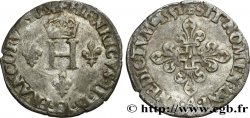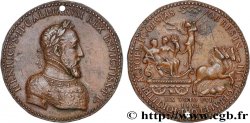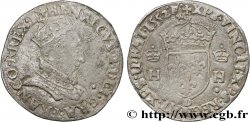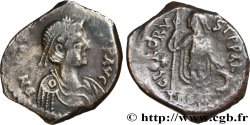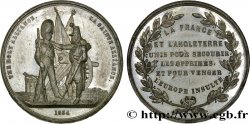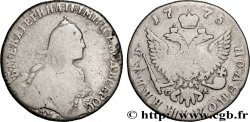Live auction - bry_347003 - HENRY II Henri d'or, 1er type, faux d’époque 1558
You must signin and be an approved bidder to bid, LOGIN TO BID. Accounts are subject to approval and the approval process takes place within 48 hours. Do not wait until the day a sale closes to register. Clicking on "BID" constitutes acceptance of the terms of use of cgb.fr private live auctions.
Bids must be placed in whole Euro amounts only. The sale will start closing at the time stated on the item description; any bids received at the site after the closing time will not be executed. Transmission times may vary and bids could be rejected if you wait until the last second. For further information check the Live auction FAQ
All winning bids are subject to a 18% buyer’s fee.
All winning bids are subject to a 18% buyer’s fee.
| Estimate : | 2 500 € |
| Price : | 2 400 € |
| Maximum bid : | 4 750 € |
| End of the sale : | 31 March 2015 15:55:18 |
| bidders : | 2 bidders |
Type : Henri d'or, 1er type, faux d’époque
Date: 1558
Quantity minted : 69900
Metal : gold
Millesimal fineness : 958 ‰
Diameter : 24 mm
Orientation dies : 9 h.
Weight : 3,24 g.
Rarity : R3
Coments on the condition:
Cet henri d’or de poids léger, présente des reliefs plus nets au droit qu’au revers. Portrait bien venu. Revers concave présentant des traces de chocs en son centre
Catalogue references :
Predigree :
Cet exemplaire provient de la collection du Docteur Frédéric Nordmann
Obverse
Obverse legend : HENRICVS. II. D. G. FRAN. REX.
Obverse description : Buste de Henri II à droite, cuirassé.
Obverse translation : (Henri II, par la grâce de Dieu, roi des Francs).
Reverse
Reverse legend : (SOLEIL) DVM. TOTVM. COMPLEAT. ORBEM (MM) 1558.
Reverse description : Croix formée de quatre H couronnées, cantonnée aux 1 et 4 d’un lis, au 2 et 3 d’un croissant ; un B en cœur de la croix du revers.
Reverse translation : (Pour qu'il remplisse l'Univers).
Commentary
Faux d’époque sur lequel le différent d’atelier est remplacé par une croix. Certains auteur ont voulu voir dans cette croix le différent de la monnaie de Caen, qui ne frappa que des douzains aux croissants. Un exemplaire de même style, au même millésime et avec la croix centrale, a été découvert en 1962 dans le dépôt monétaire de la rue de la Tranchée à Poitiers. Cet exemplaire, aujourd’hui conservé dans les collections du Cabinet des médailles de Paris est toutefois issus de coins différents, laissant à penser que cet habile faussaire a frappé de nombreux henris d’or. La croix centrale remplaçant la lettre d’atelier est très certainement copiée sur les tarifs d’époque présentant une gravure sur bois avec la croix centrale.







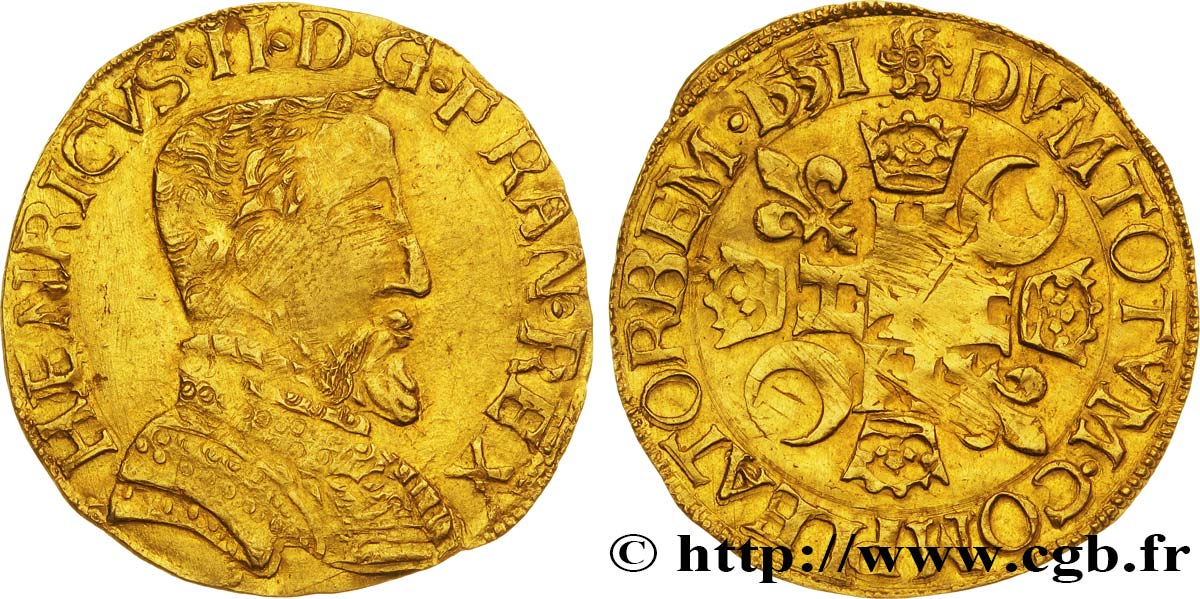
 Report a mistake
Report a mistake Print the page
Print the page Share my selection
Share my selection Ask a question
Ask a question Consign / sell
Consign / sell
 Full data
Full data